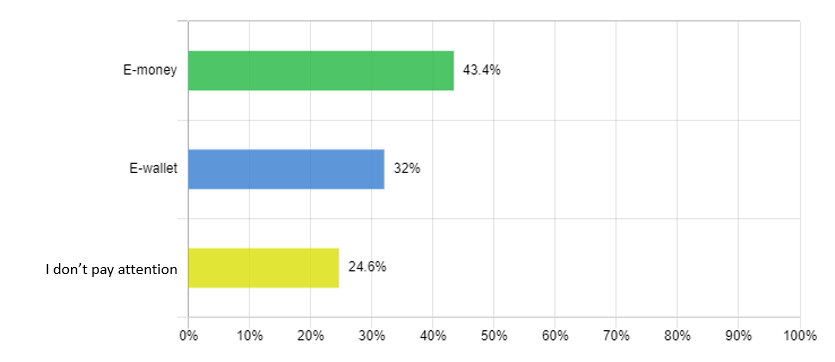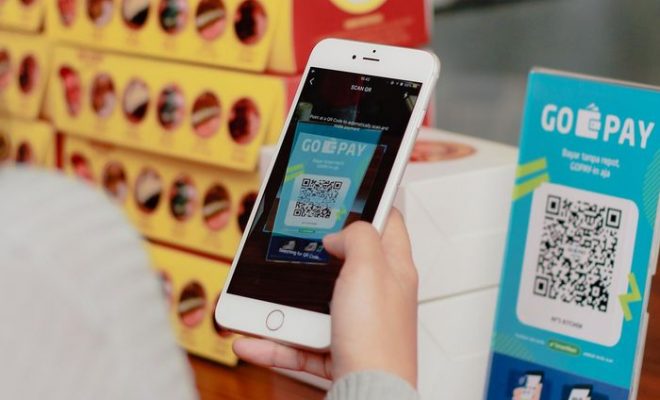The digital payment system has been widely known and used worldwide, and Indonesia is no exception. Now it is common for both public and private sector employees or even students in this country to commute or just hang out without a penny in their wallets. It seems that we’re getting closer to embody a fully cashless society each day.
However, even though many people are familiar with this digital payment system, it’s interesting to know what term they use for this kind of payment, as offered by applications like Gopay and OVO, and whether they’re really aware of it. Let’s take a look at the survey.
SURVEY PERIOD: JULY 4th, 2019 – JANUARY 4th, 2020
SURVEY RESPONDENTS: 500 INDONESIANS, AGED 10-59 YEARS OLD, MEN AND WOMEN
How do you call application based digital payment such as Gopay and Ovo? (SA)

There are several applications that provide digital payment services. Gopay and OVO are the two most popular among all. When asked about the term they use to mention the payment system, 43.4 % (217 respondents) call it E-money; 32% (160 respondents) call it E-wallet; while the rest—24.6% (123 respondents) don’t really think about it.
Are E-money and E-wallet the same?
Nowadays, to commute to work by train or bus, commonly, people no longer need to buy tickets using some physical money. They only need to take out their cards and tap them onto the machines. This card with the chip on it is called e-money.
To buy a cup of coffee or a bag of bread for breakfast before arriving at work is just as easy. People can just simply show a barcode on their phones to be scanned and voila! they can sip their coffee or take a bite of the bread right away without even needing to touch their wallets. The money saved inside these applications on their phones is called e-wallet.
Gopay and OVO are definitely e-wallets. Other than scanning barcodes, people use an e-wallet, like Gopay and OVO to pay their bills, such as electricity and gas just by clicking their phones from home.
Although the majority of people may not quite get the difference between e-money and e-wallet, most people are definitely familiar with and even rely on both of these payment systems in their everyday lives.

















No comments yet.